Contact Type Level Transmitter
Contact type level measuring instruments come in direct contact with the service of which the level is to be measured.
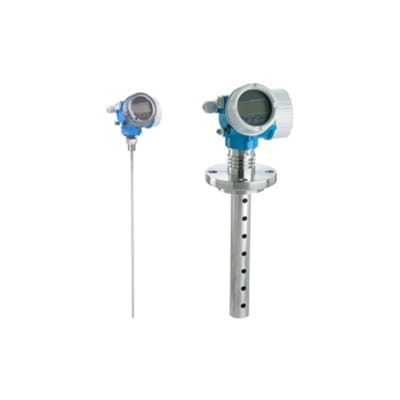
Contact Type Level Transmitter
Feature
- High accuracy
- High Reliability
- Application specific operation
Application
Areas where measuring fluid can be in contact with the transmitter, Areas where the pressure drop of the fluid is not a problem
Non Contact Type Level Transmitter
Non Contact type level transmitter do not come in direct contact with the service of which the level is to be determined. They are usally Radar level and Ultrasonic Level Transmitter.
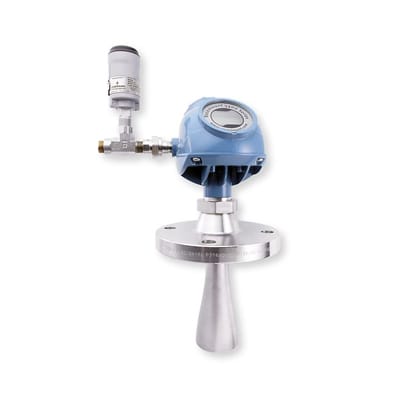
Non Contact Type Level Transmitter
Feature
- Non obstrusive operation
- No need to stop the line
Application
Areas where the service cannot be in contact with the sensor
Radar Level Transmitter
Radar level measurement with top-down installation of a sensor offers perfect application fit in all industries. Non-contact radar with simple commissioning, trouble-free operation saves time and money. For usage in a wide range of applications – be it in simple storage tanks, in corrosive or aggressive media or high accuracy tank gauging applications.
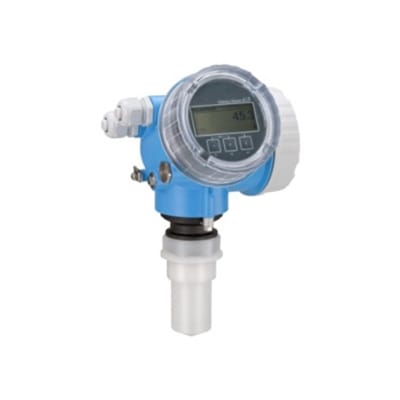
Radar Level Transmitter
Feature
- Advantage of guided wave radar level measurement is that no compensation is necessary for changes in density, dielectric or conductivity of the fluid. Further, he says changes in pressure, temperature and most vapor space conditions have no impact on measurement accuracy; GWR is unaffected by high turbulence or vibrations; and build-up has practically no effect, meaning no need for re-calibration.
Application
High temperatures and pressures do not affect device performance
Ultrasonic Level Transmitter
The ultrasonic method is a proved, as well as cost-effective solution for level measurement in liquids and bulk solids. Instruments are available as compact or separate versions. This measuring principle is characterized by easy planning and assembly, fast and safe commissioning, a long service life and reduced maintenance costs. Typical applications include abrasive and aggressive media, even in rough ambient conditions.
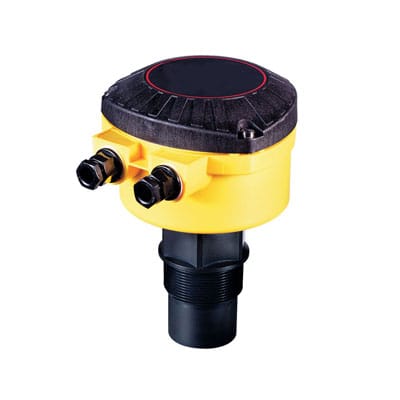
Ultrasonic Level Transmitter
Feature
- Non-contact, maintenance-free measurement
- Measurement unaffected by media properties, like dc value or density
- Calibration without filling or discharging
- Self-cleaning effect due to vibrating sensor diaphragm
Application
Acids, Wastewater, Inks and Paints, Slurries, Food and Beverage, Semiconductor Process Chemicals Oils and Petroleum Distillates
Capacitive Level Transmitter
Capacitance level sensors are a proved, as well as cost-effective solution for level measurement and point level detection in liquids and bulk solids. Various transmitters for continuous level measurement and switches for point level detection are available.
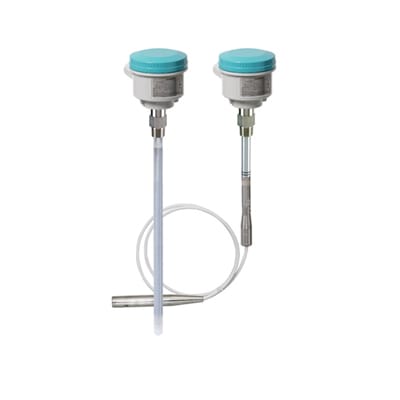
Capacitive Level Transmitter
Feature
- Proven and tested measuring principle – robust and safe
- Universally adaptable probe
- Reliable operation also in strong build-up formation and viscous media
- Easy commissioning
Application
Sewage and wastewater, Boilers and steam generators, Food and beverage, Caustics and acids, Pharmaceuticals
Boyancy Float Level Switch
All float operated liquid level controls operate on the basic buoyancy principle which states “the buoyancy force action on an object is equal to the mass of liquid displaced by the object.” As a result, floats ride on the liquid surface partially submerged and move the same distance the liquid level moves. Because of this, they are normally used for narrow level differential applications such as high level alarm or low level alarm.
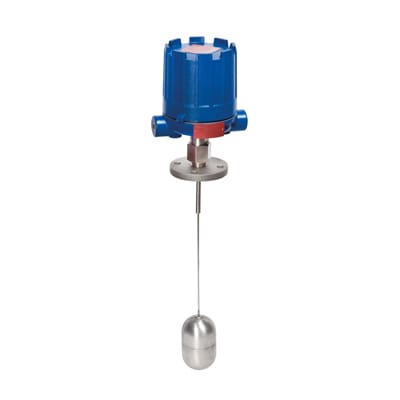
Boyancy Float Level Switch
Feature
- Simplicity
- Insensitive to density changes
Application
Used primarily in open tanks whereas float level switches may be designed to operate in a pressurized tank.
Hydrostatic Level Transmitter
Hydrostatic level measurement is a simple and reliable method of measuring level. A submersible pressure sensor, regular pressure sensor or pressure gauge is lowered to or mounted at a specific depth (zero level). The sensor then measures the pressure caused by the weight of the liquid directly on top of it. Due to the hydrostatic paradox, the pressure sensor does not measure the complete volume in the tank above it, but only the liquid column vertically above it. The hydrostatic level measurement is thus completely unaffected by the shape of reservoir or vessel, just measuring the level by the weight of the liquid column above it. If the liquid and its specific gravity are known, the pressure measurement can be calculated as the distance from the zero level, where the sensor is located, to the surface of the liquid.
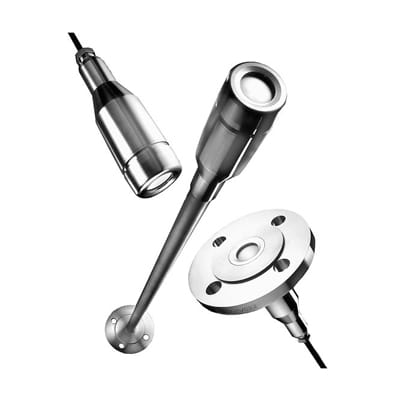
Hydrostatic Level Transmitter
Feature
- Several alternative sensor technologies and design variations are available for almost every application
- Level measurement is not influenced by existing installed equipment and vessel geometry.
- They have a proven measuring principle with high reliability.
- The hydraulic level transmitters have direct contact with the medium.
- They provide robust measuring processes, which are unaffected by factors like vapor, contaminants, dust, buildup, foam, etc.
- The transmitters’ measurement is uninfluenced by characteristics like dielectric coefficient, conductivity, or viscosity.
Application
Borehole Monitoring, Hazardous Areas, Storage Tanks
